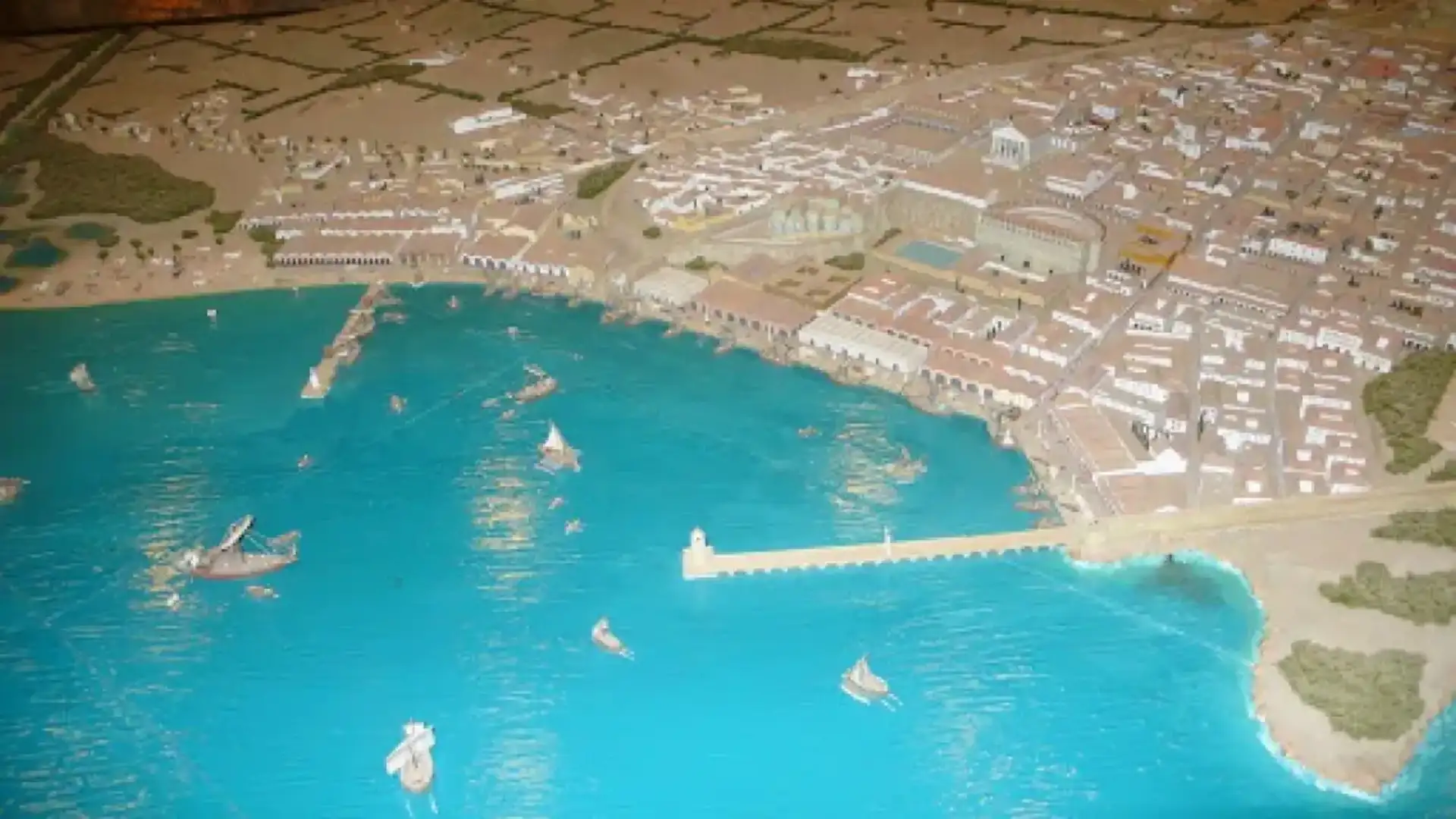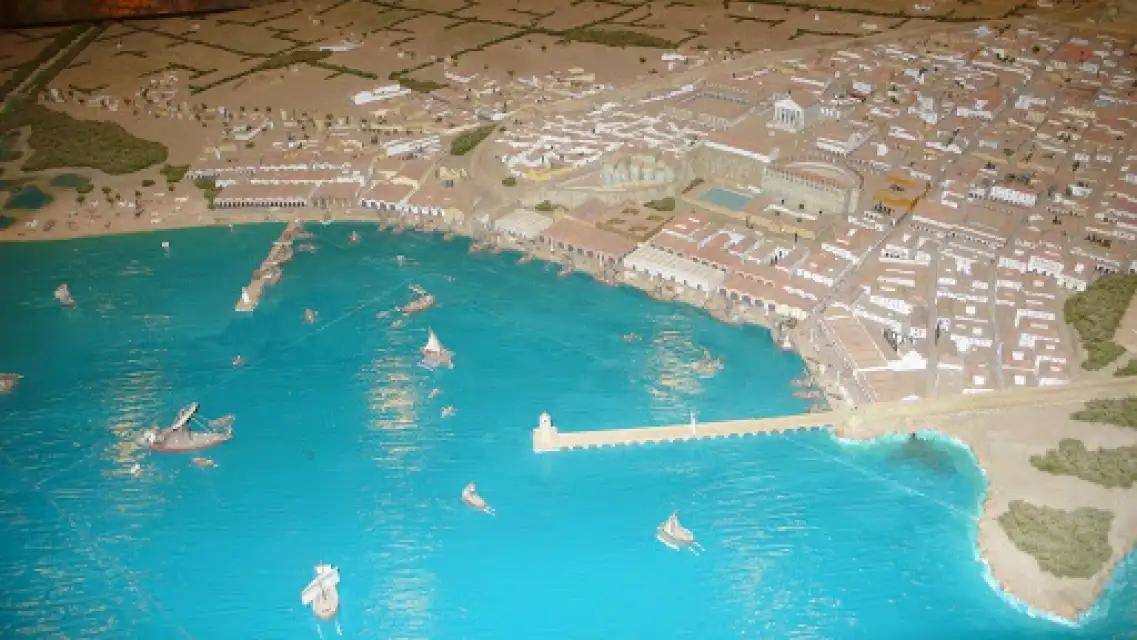
The main commercial ports of the Roman Hispania
The main commercial ports of the Roman Hispania
The Hispania of the time of Roman domination had numerous port facilities, both in the cantabria, the Atlantic and the Mediterranean. The most western port was that of Brigantium with its majestic lighthouse known by the Tower of Hercules, at the foot of the city of La Coruña and which was designed by Gaius Sevius Lupus of Lusian origin.
The information from the time said that this facility was basically built in the beginning of the second century in order to facilitate the traffic of ships that with oil from the present Andalusia were sailing to the British islands.
According to Orosio, the lighthouse was operated every night. This colossal work was the subject of a profound remodeling in the late 18th century during the reign of Charles III, under the supervision and direction of Eustachio Giannini.
Gijón was another of the basic enclaves at the port level for Rome. The base port of the Convent Astur had as its main occupation both extractive fishing and its products. A development that had a great apogee until well into the third century.
The Cantabra coast has numerous remains of port facilities, including the so-called Portus Victoriae (Santander) and Portus Vereasueca (San Vicente de la Barquera). Other important enclaves would be those of today's Santoña and Castro Urdiales (the Roman Flaviobriga).
As far as the area of the ancient Vascones is concerned, the most prominent port was that of Oiasso (Irún) discovered at the end of the last century.
On the Mediterranean coast the activity was already very important because of the important maritime traffic of the Greek fleet. The capital of the Tarraoconense Convent, the Kese ibera and Tarraco roman (Tarragona) together with the former Iberian city of Arse (Sagunto) were the main seaside enclaves of the current Catalan-Valencian coast, with a tremendous commercial importance as the basis of operations of the "plateau" in the case of Saguntino and the current Aragon-Catalonia in the case of Tarraco.
In the south at the mouth of the Turia, the port of Valencia appears, as well as others of minor importance such as those of Portus Suculera, Portus Ilicitanus (Santa Pola), Hemeroscopy (Denia) and especially the installation of Carthago Nova, the current Cartagena. On the south coast of Spain, Gades (Cadiz) and Malaca (Málaga) appear as the ports of major calado.
© 2024 Nautica Digital Europe - www.nauticadigital.eu












